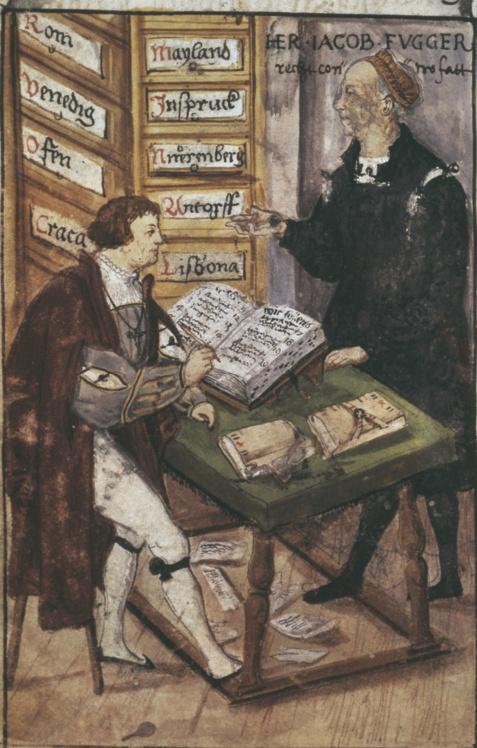
3 minute read
HONGARIJE
subquestion
5 What effects did the discovery of America and the trading contacts in Asia, have on Europe and the worldview of the Europeans?
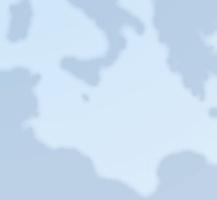
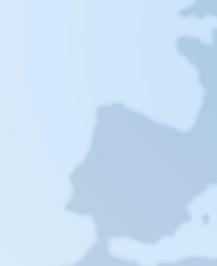

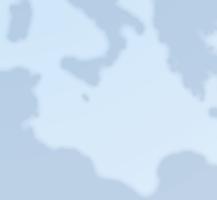
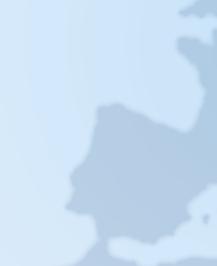
Charles V’s global empire
In the early sixteenth century, Emperor Charles V ruled the largest empire in Europe. Charles was born in the year 1500. Through his mother’s side of the family, he inherited property in Spain and overseas territories in America. It was his grandparents, Ferdinand and Isabella, who had sent Columbus off on his voyages of discovery. From his father, Philip the Fair, Charles inherited the prosperous lands of Burgundy and a large part of the Dutch provinces. In 1519, German princes gave him the title Emperor of the Holy Roman Empire. From that moment, he stood at the head of a global empire. However, his empire was under attack from many sides and Charles was therefore badly in need of funds. He paid his armies with revenues from tax collection and loans. But these did not bring in enough money to meet Charles’s needs. The riches of the New World were therefore a godsend for the emperor. When a consistent level of silver production in South and Central America was finally achieved using slave labour, a treasure fleet sailed back to Spain each year. Between 1550 and 1560 the Spanish treasure fleet returned with tons of gold and silver, one fifth of which went straight into the royal coffers. It made the Spanish monarchy the wealthiest in Europe. Yet still it was not enough to finance the country’s wars and to pay its officials and creditors.
Wars in Europe
Charles V’s main enemy in Europe was the French King Francis I. In the 1520s they fought two major wars. The fighting took place in Italy, where both dynasties claimed a number of very wealthy areas, including the Duchy of Milan. If the Spanish-German ruler were to succeed in his plan to conquer northern Italy, he would be able to connect his German territories with the southern Italian regions of Naples and Sicily. Charles finally won thanks to his victory at the Battle of Pavia, in 1525. At more or less the same time, he achieved military success against the Ottoman Empire. The Ottomans had been advancing into southeast Europe since the late fifteenth century, occupying Belgrade and Budapest. Led by Sultan Suleyman I, the Ottomans forced their way through to the northwest. In 1529 Charles V defeated the Turks before the gates of Vienna. When he went on to take Tunis on the north coast of Africa in 1535, he brought the Turkish advance to a halt.
Economic impact
The supply of American silver to Spain and the profits generated by European trade in Asia led to changes in the European economy. There was an increase in the amount of Spanish money in circulation and this lowered the value of Spanish coins, the most popular method of payment among European merchants in the mid sixteenth century. This led to currency depreciation and prices rose.
These price increases were also caused by a rise in the population of Europe in the sixteenth century and the shortage of food that came with population growth. Many people lived in poverty. Some merchants benefited from this economic situation. They managed to capitalize on the rising prices by setting up major trading networks. For example, these merchant capitalists employed workers to produce cloth and exported it to distant markets in countries discovered by the explorers. From there they brought expensive goods back to Europe. These merchants were wealthy city dwellers and many of them were not members of the traditional nobility. They were the ‘new rich’ of Europe and gave their financial backing to the European monarchs. One example is the wealthy Fugger family from Augsburg, who lent large sums of money to Charles V.
A changing world
Europe benefited greatly from exploring and exploiting new territories. European power increased, because now Europeans themselves could sell goods around the world for the financial benefit of Europe. The exploration of the world led to the collection of a wealth of information. Rapid advances were made in shipping and the science of navigating the seas. The knowledge of continents, countries and oceans also increased, and this led to ongoing improvements in mapmaking. People also began to make globes, spherical maps of the world, which showed the newly discovered lands on the other side of the world. Initially the explorers tried to keep their knowledge of routes and territories a secret, but soon the new information spread across Europe, even reaching the court of the Ottoman sultan.
The dissemination of knowledge about the world was accelerated by the invention of the printing press. This enabled maps, books and illustrations drawn by men such as Petrus Plancius (Source 1) and Theodor de Bry (Source 16) to be printed and sold in large quantities. Many Europeans could now see with their own eyes what it was like to travel to the Indies or the New World, and they were able to learn about cultures, religion, history, law and civilizations far beyond Europe. A new world opened up for them.
